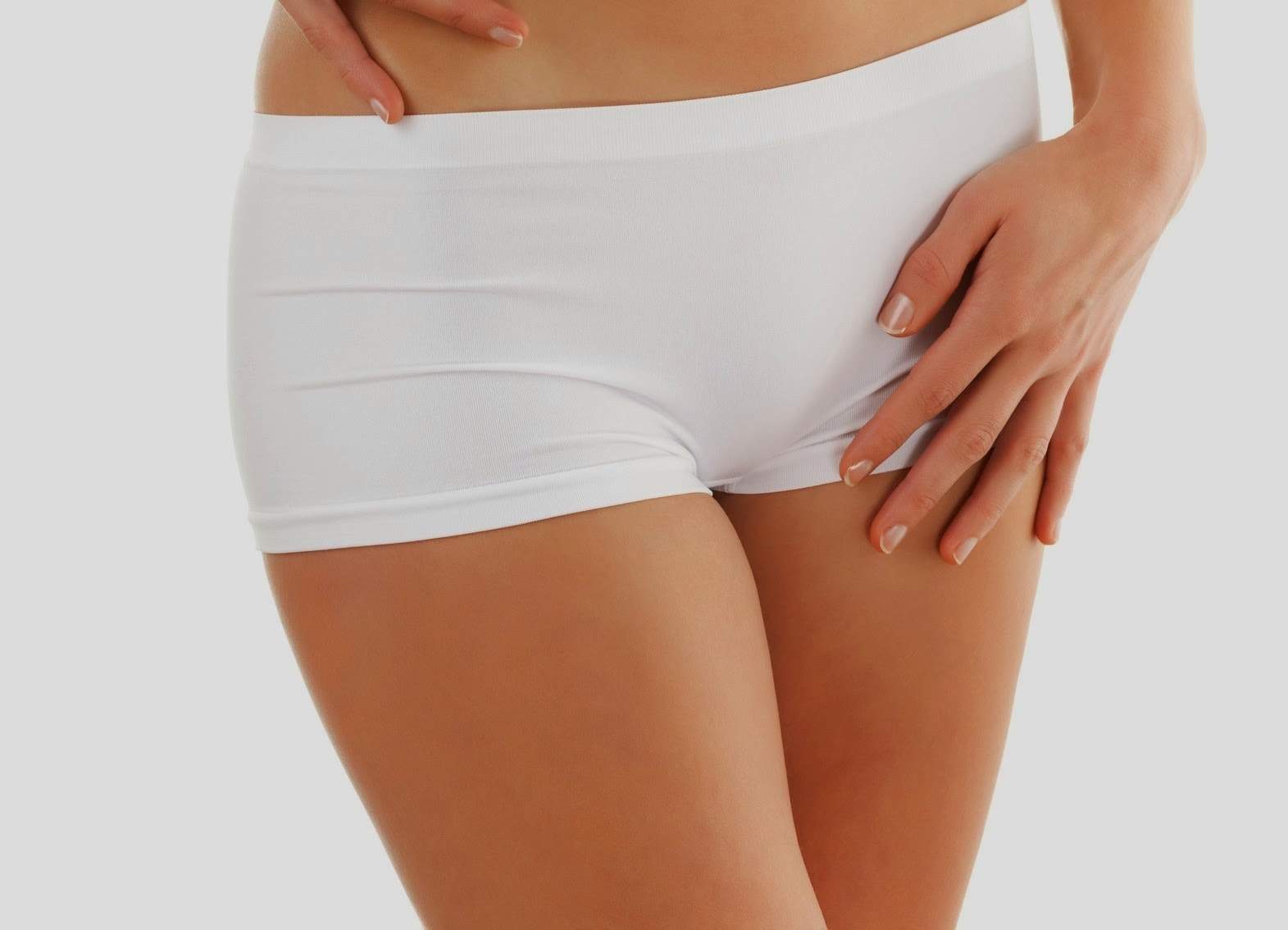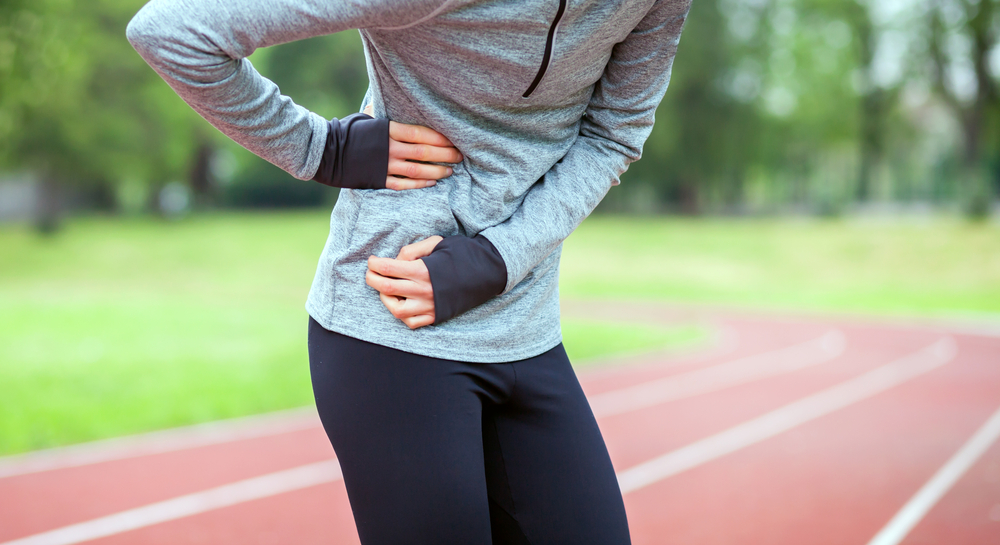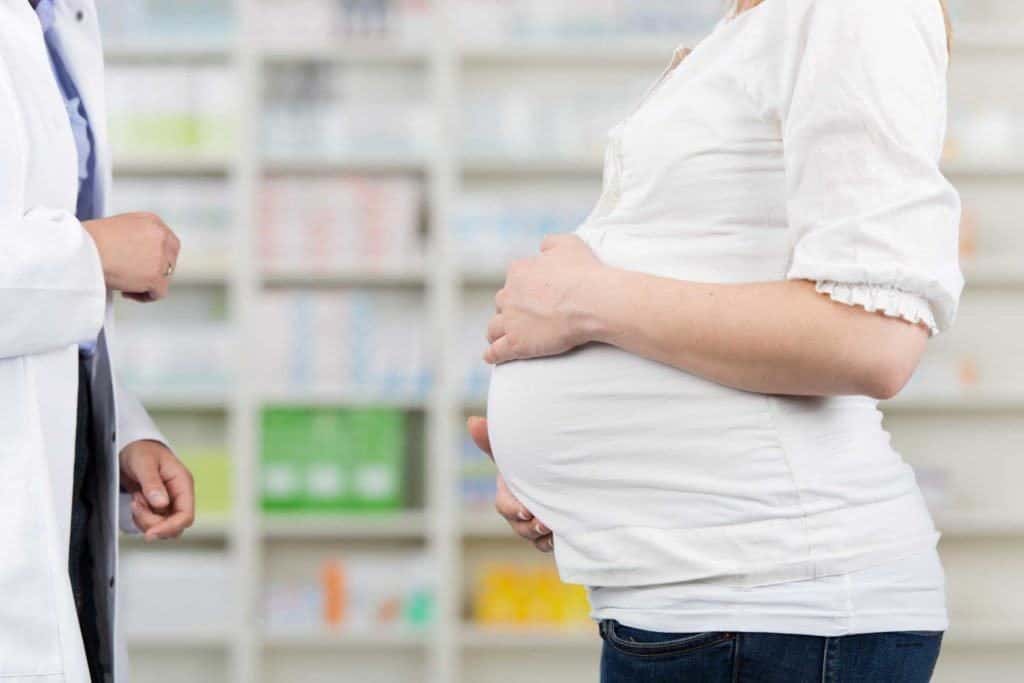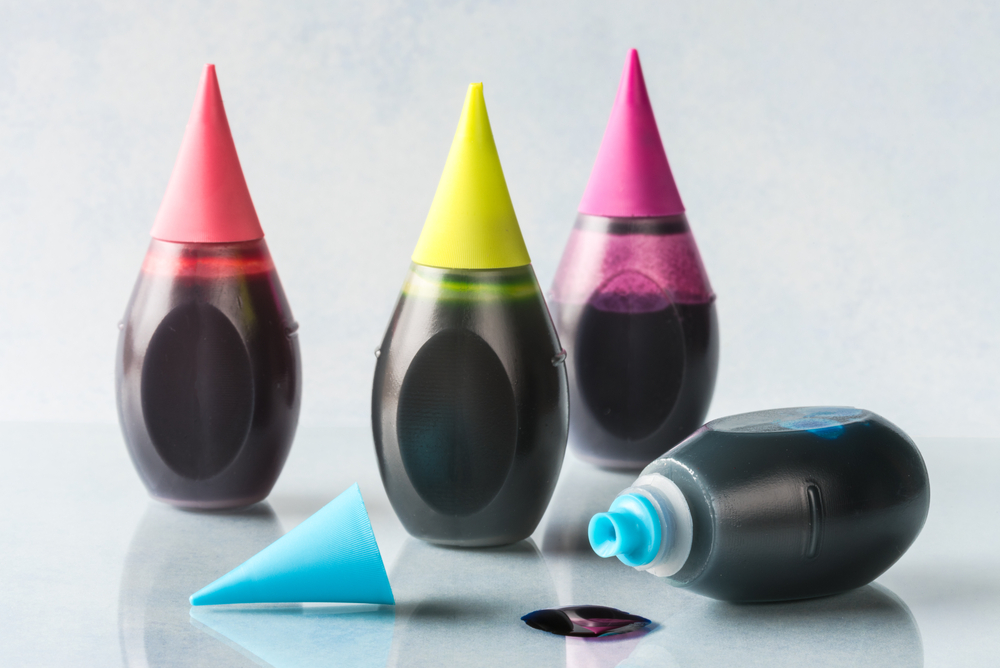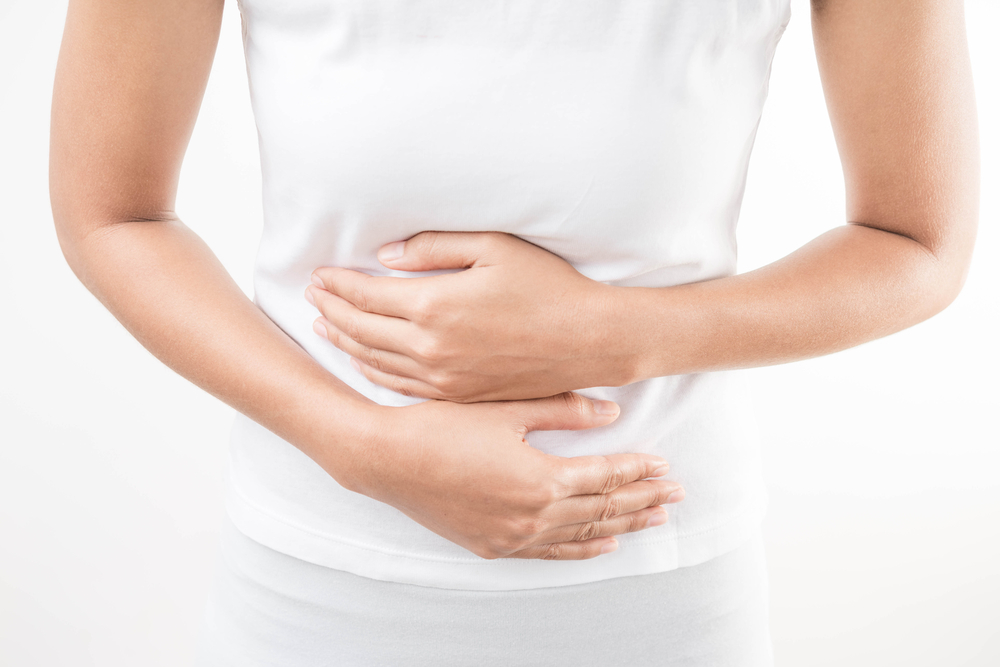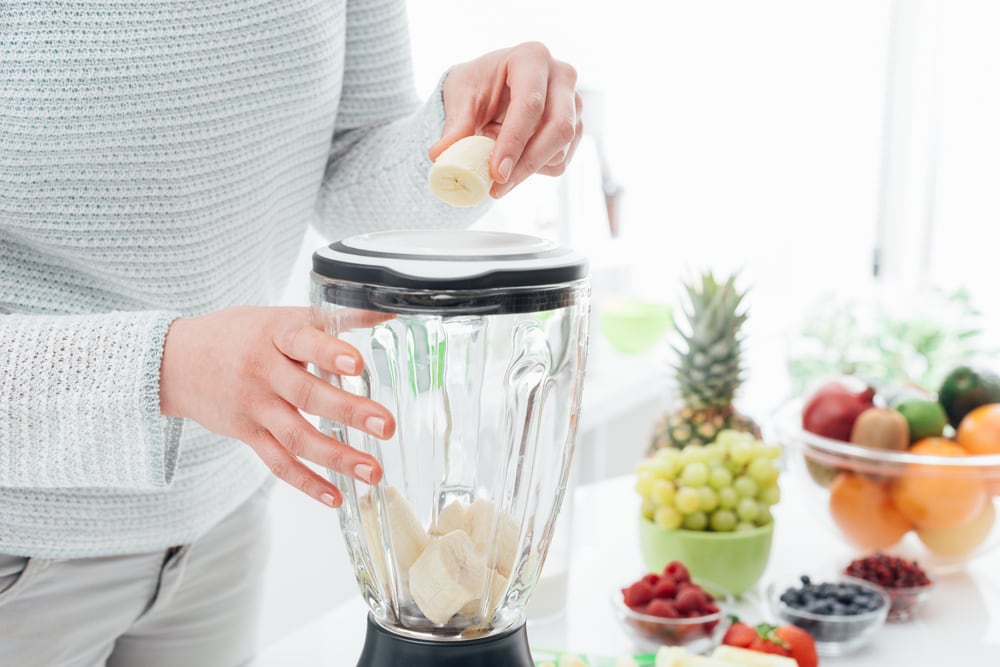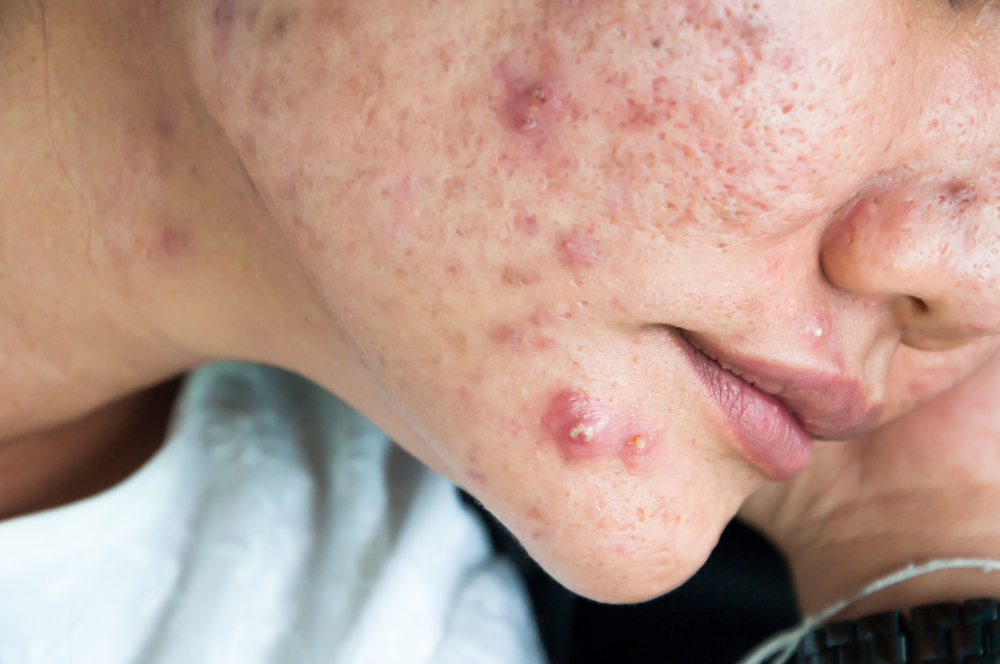Contents:
- Medical Video: How to take care of stitches after delivery? Dr. Hemali Tekani
- How long can the wound sutures in the vaginal area recover completely?
- How long until vaginal pain after giving birth can be completely cured?
- How do you deal with vaginal pain after giving birth?
Medical Video: How to take care of stitches after delivery? Dr. Hemali Tekani
During normal delivery, the vagina will experience stretching to remove the fetus through the birth canal. As a result, vaginal tissue will experience swelling and not infrequently a tear or wound in the vaginal cavity. Pain will be felt more if the doctor performs an episiotomy on intimate organs to help widen the birth canal for the fetus. How do you deal with vaginal pain after giving birth because of episiotomy? Check out the following review.
How long can the wound sutures in the vaginal area recover completely?
Actually, if the stitch wound is treated well and the condition (endurance) of the new mother is in prime condition, the episiotomy wound will dry well between 1-2 weeks. But the complete healing process of episiotomy wounds usually lasts 3-6 months.
It is said to be cured if the wound is dry and does not feel sore, painful, and the suture thread has also 'dissolved' with the meat (and if there are any remaining threads it will loosen itself).
And what you need to know, there are no drugs that accelerate wound healing, the drugs given are preventive therapies for secondary infections. Because in open wounds, germs or bacteria will easily enter and infect wound sores, making episiotomy wound sutures longer to heal.
Every woman has different healing times depending on recovery power, rest periods, activities, and the degree of swelling. But the average time needed by a woman so that her genital organs begin to return to normal is one week to one month.
If you experience more than this time, you can see a doctor so that other disorders can be detected.
How long until vaginal pain after giving birth can be completely cured?
After the delivery process is complete, the normal delivery with an episotomy will definitely feel pain, some even experience swelling. This pain is actually a natural result of the breakdown of nerve tissue and muscle tissue. And it will improve soon after a few days.
Do not let the vaginal pain after childbirth or this pain make you afraid to move. Because the more often it moves, the pain will actually decrease (which is not allowed to lift heavy loads, because it can cause pressure which results in open stitches).
If you just lie down continuously and are afraid to move because of pain, then this will actually inhibit the healing process, because blood circulation in the wound is not smooth.
While the swelling that occurs is a reaction to the body's resistance to germs. So that in the process of healing wounds, sometimes there is a slight swelling and redness. As long as the wound is clean, you also don't need to worry, because the swelling and redness is also temporary, and will collapse on its own.
The complete healing process of an episiotomy wound usually lasts 3-6 months, even though the wound itself is dry after 1-2 weeks. So the pain and symptoms of swelling are part of the process of healing that you normally encounter. And later it will also disappear by itself, so there is no need to worry if there are no signs of infection.
How do you deal with vaginal pain after giving birth?
If the symptoms of swelling and pain become more intense and prolonged, then it must be seen whether an infection occurs in the episiotomy wound. If an infection occurs, it must be overcome by giving antibiotics, if the pain is unbearable it can also be done by taking painkillers.
You can also take a warm bath for blood circulation in the area of the Episiotomy wound to reduce swelling and reduce pain or pain that arises.
Things you can do to reduce pain in the vaginal cavity after childbirth include:
- Avoid sitting or squatting if you feel pain
- Compress the outside of the intimate organs with warm water
- Wash with warm water gently
- Change pads every time to the bathroom
- Enough rest
- Take painkillers such as paracetamol according to the recommended dosage

